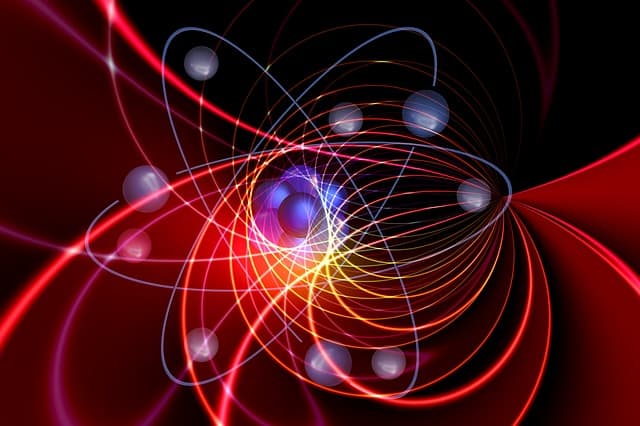A team of scientists from Poland and Russia with the participation of Pavlos Lagoudakis from the Skolkovo Institute of Science and Technology have created a system in which light behaves like electrons in a solid. To do this, they investigated electromagnetic oscillations in an optical cavity filled with a liquid crystal. With the inclusion of an external electric field, the light acquired an effective mass and spin. The resulting system is suitable for modelling the condensed state of a substance since the interaction properties, in this case, can be controlled.
In solid-state physics and atomic physics, the relativistic effect of spin-orbit interaction is important, which consists in converting a constant electric field in a laboratory frame of reference into a magnetic field upon transition into a frame of reference connected with a moving particle. As a result, an interaction arises between the field that appears and the intrinsic magnetic moment of the particle (usually an electron), which can manifest itself in different ways.
In particular, spin-orbital interaction is responsible for splitting spectral lines, as the energy of an electron varies depending on the orientation of its spin relative External. In the case of crystalline bodies, there may also be a similar split of energy levels when the electron interactions with the lattice potential. If this occurs in materials without central symmetry, the Dresselhaus effect is said, and if the reason is global asymmetry, as in the case of single-axle crystals, then talk about the effect of Rashba. Substances with such properties are considered promising in the context of spintronics and topological insulators.
The analogue of spin-orbital interaction is possible for light: in this case, interaction with structures comparable to the wavelength of size is necessary, and the role of spin plays Polarization. Experiments with light in optical microresonators allow to study known in solid-body physics phenomena, but because of the better development of optical technologies, this way may be more convenient. In particular, when filling the cavity of the micro-resonator with a homogeneous environment, the splitting of the energy of the cross-electric and magnetic modes of vibrations leads to the emergence of an analogue Hall’s spin effect.
To do this, the scientists filled the microresonator cavity with a liquid crystal with anisotropic optical properties, which can be controlled by an external magnetic field.
The experiment was to create such anisotropy of the environment in which the energies of standing cross waves depended on polarization. This was possible if the fluctuations of the electric field in the wave of one polarization occurred along with the long molecules of liquid crystal built by the outer field and the other polarization across them.
As a result, electromagnetic oscillations began to obey the equations characteristic of electrons in a solid body. In particular, they acquired an effective mass and magnetic moment, for which the direction of polarization was responsible. The effects of Dresselgauz and Rashba were also performed for them.
The researchers note that the resulting system can become a convenient analogue for the study of the behaviour of electrons in solids. Moreover, the continuous change in parameters, in this case, allows to systematically investigate many possible configurations in order to find unusual effects.
